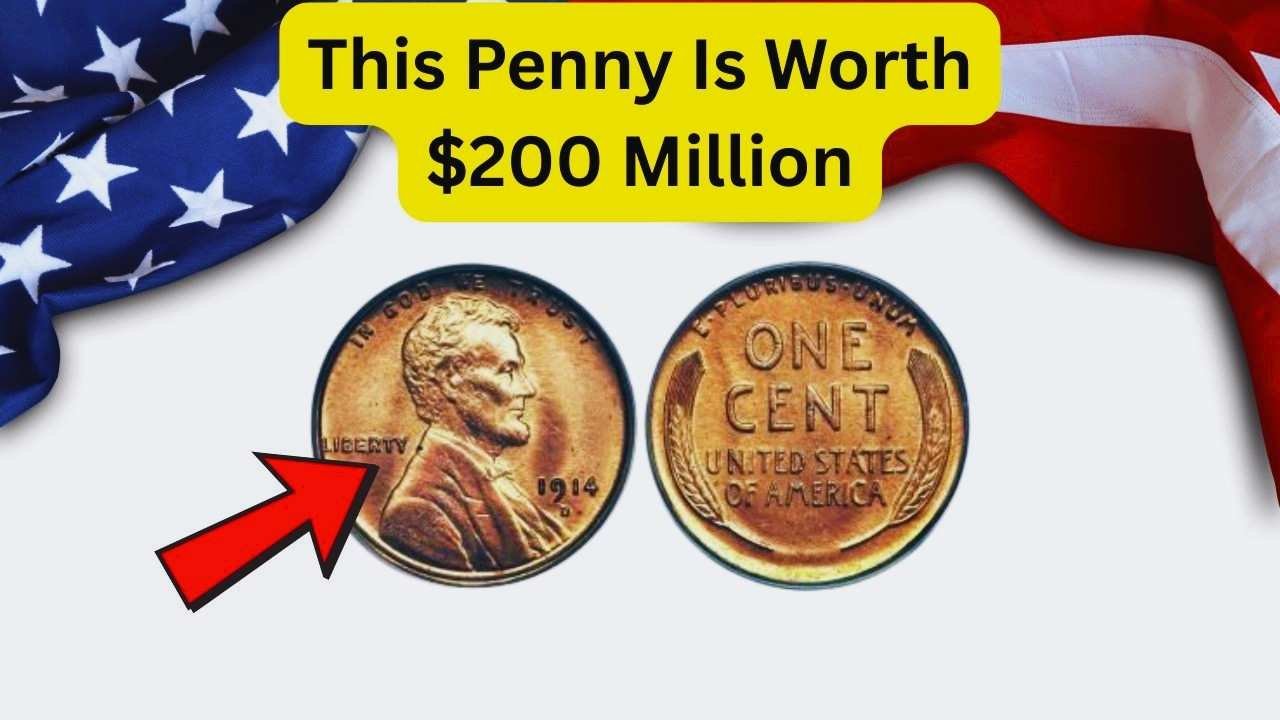A Tiny Treasure Worth Millions
Somewhere out there, in a jar of loose change or tucked in a wallet, a single penny could be worth more than a mansion. The 1943 Lincoln Wheat Penny, struck in copper by mistake during World War II, is one of the rarest coins in the world. Most pennies that year were made of steel to save copper for the war effort, but a few copper ones slipped through. Experts say fewer than 20 of these coins exist today, and one sold for $1.7 million at auction in 2010. Some collectors believe an undiscovered 1943 copper penny could fetch up to $200 million if found in pristine condition.
This penny looks like any other at a glance—small, bronze, with Abraham Lincoln’s face on one side and wheat stalks on the back. But its value comes from the mistake. The U.S. Mint accidentally used copper blanks instead of steel at the Denver Mint, creating a coin so rare it’s become a legend among collectors. Stories of people finding these pennies in everyday places, like coin rolls or old cash registers, keep the hunt alive. Anyone could stumble across one, making it the ultimate treasure hunt for regular folks.
Why It’s So Valuable
The 1943 copper penny’s value comes from its scarcity and the story behind it. During World War II, copper was needed for things like bullets and wiring, so the Mint switched to steel for pennies. A tiny number of copper pennies were minted by accident, and those mistakes are now worth a fortune. Here’s a quick look at what makes this coin special:
| Feature | Details |
|---|---|
| Year | 1943 |
| Material | Copper (by mistake) |
| Mint Location | Denver (most known examples) |
| Estimated Surviving | Fewer than 20 |
| Auction Record | $1.7 million (2010) |
| Potential Value | Up to $200 million (if pristine) |
Collectors love coins with errors, and this one is a superstar. The fewer coins out there, the more people are willing to pay. A 1943 copper penny in perfect shape could break records if it hits the market today, especially with growing interest in rare coins.
How to Spot the Real Deal
Finding a 1943 copper penny isn’t as simple as checking your change. Many fakes exist—some are steel pennies coated with copper, others are 1948 pennies altered to look like 1943. To spot a real one, start with a magnet. Steel pennies stick to magnets; copper ones don’t. Next, check the date closely for tampering. A real 1943 copper penny will have a clear, untampered “3” in the date. If you think you’ve got one, take it to a professional coin grader like PCGS or NGC for authentication. Don’t clean the coin—it could lose value if damaged.
The hunt for this penny is thrilling but tricky. Stories of people finding them in circulation are rare, but they do happen. In 1947, a teenager found one in his lunch money and later sold it for thousands. Another was discovered in a cereal box prize in the 1950s. These tales keep collectors and everyday people checking their coins, hoping for a life-changing find.
The Hunt Continues
The idea of a $200 million penny hiding in plain sight has sparked a modern-day treasure hunt. Coin collectors, or numismatists, scour flea markets, estate sales, and even pocket change for this holy grail. Online forums and social media buzz with tips on where to look and how to spot fakes. Some people buy rolls of old pennies from banks, hoping to uncover a gem. Others check family heirlooms or old coin collections passed down through generations.
Even if you don’t find a 1943 copper penny, the search can be fun. It’s a reminder that value can hide in the smallest things. Next time you’re at a gas station or digging through a drawer, take a second look at that loose change. You might not find $200 million, but you could discover a piece of history—or at least a good story to tell.
Join the Chase
The 1943 Lincoln Wheat Penny isn’t just a coin; it’s a dream of striking it rich. Whether you’re a serious collector or just someone who likes a good story, checking your pennies is an easy way to join the fun. Keep an eye out, stay curious, and maybe you’ll be the one to find the next million-dollar coin. For now, that tiny treasure is still out there, waiting to be found in someone’s pocket change.
